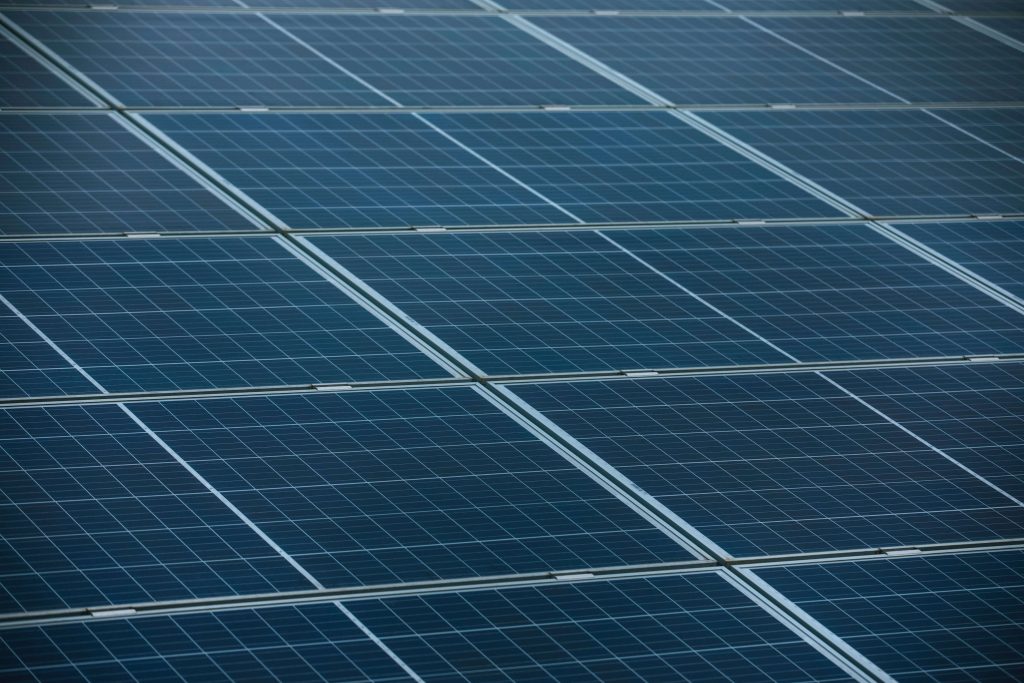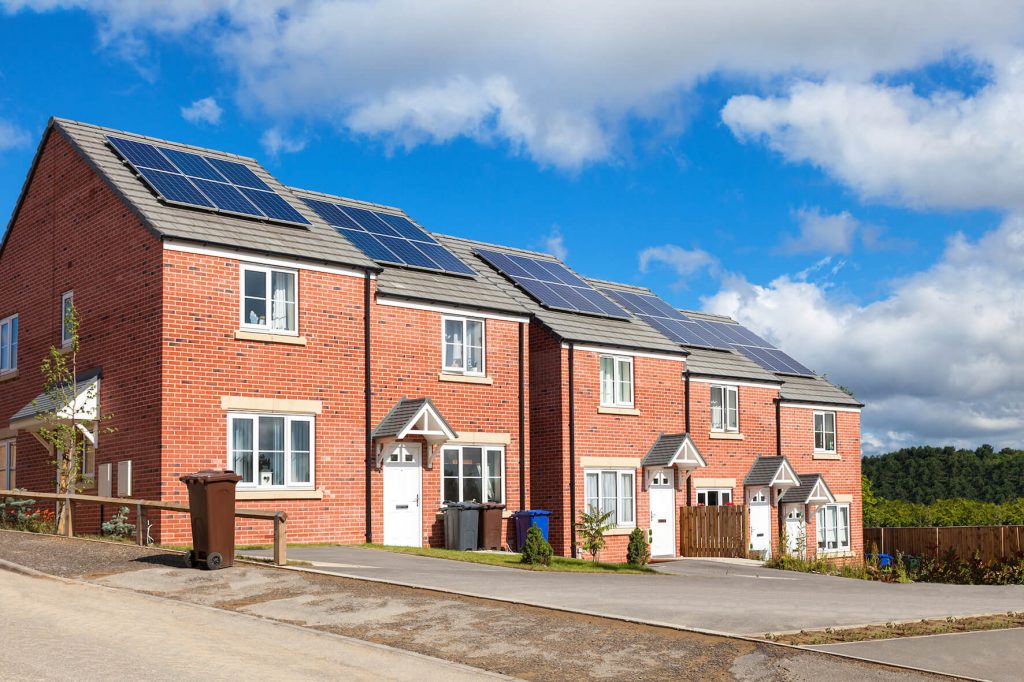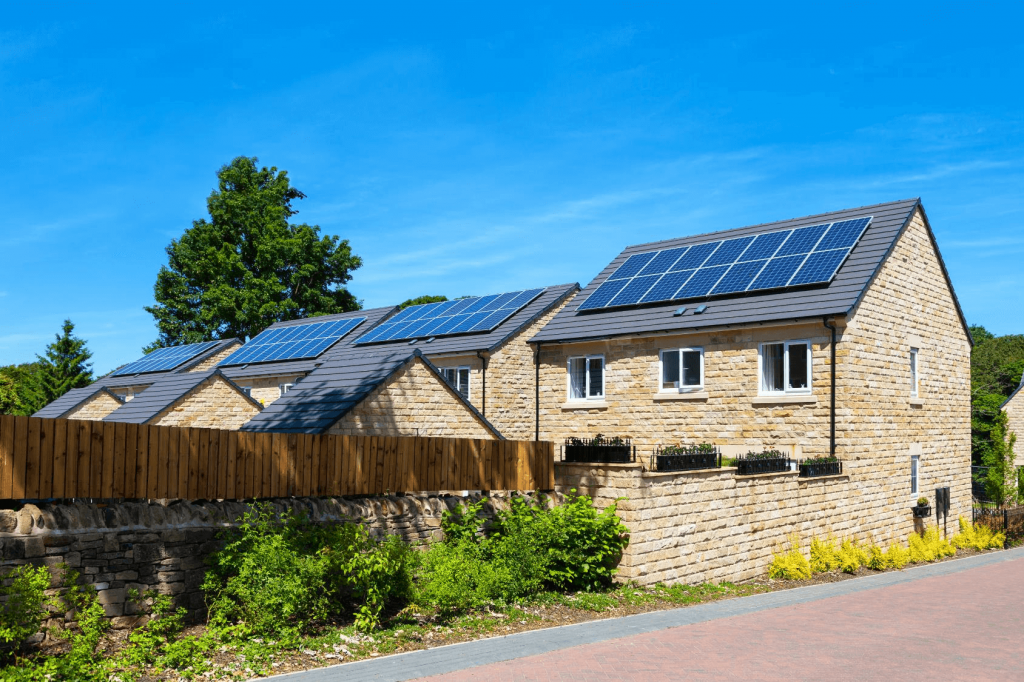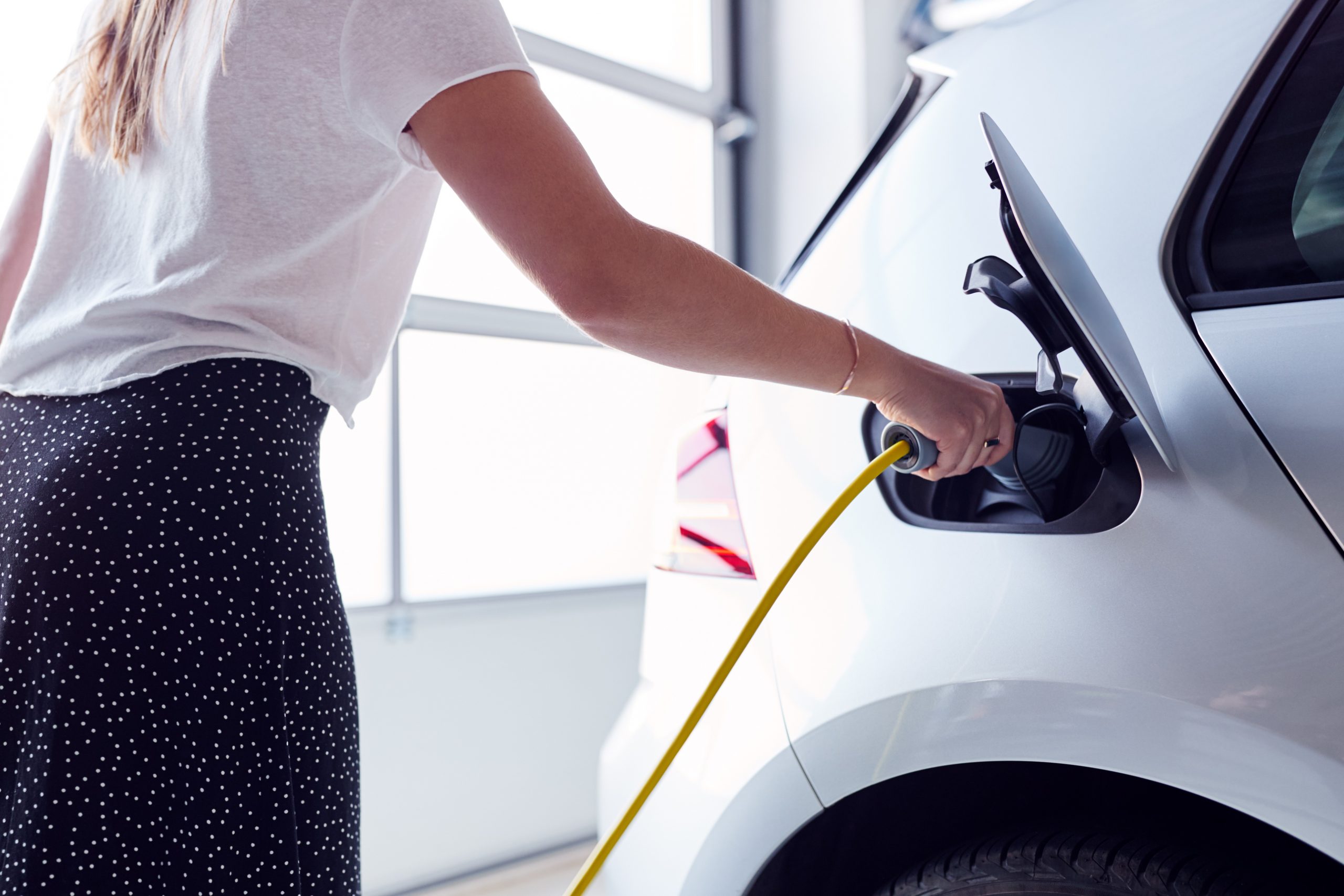Are solar panels worth the investment?

In this blog, Surveyor, Gary McCrum, explores the economic and environmental case for solar panels on residential property and documents his personal experience of installing solar panels at his home.
If you’re anything like me, when solar panels appeared in the residential property arena, you adopted a ‘wait and see’ approach. After all, it was new technology and initially, the cost / benefit analysis didn’t quite stack up. Well, perhaps it’s time to look again.
In the advent of the technology, architects and the wider housing industry repeatedly stated that the payback on installation was equal to the lifespan of the product, effectively citing it as an unnecessary blight on your roof covering. Add to this the negative press and lender views on Rent a Roof Schemes, solar panels were at best, slow to gain any traction in residential and commercial property environments.
However, with recent technological advances, economies of scale and the ongoing energy crisis, the solar panel industry has taken off massively. Many installers claim to have full order books for the next six months. So, what is driving this renewed interest in solar panels?
Installation Costs
Between 2010 and 2019, the cost of solar panel installation dropped by 82%. Further reductions of around 15% have been reported in the last three years, but any additional reductions are limited by COVID-related supply chain issues from China together with well-documented container ship costs. Further savings are expected as this situation evolves.
What sort of costs are we talking about? Let’s take a large semi house and a small, detached house as examples. A solar panel array with inverter will cost between £5,500 and £6,500 to produce 3.5 to 4 kilowatts of electricity. And this figure will increase if you wish to maximise your usage by installing solar immersion heating systems, car chargers or battery storage for use at night. Obviously, the very significant reduction in costs has massively changed any payback calculations.
Source: www.solarpowerportal.co.uk

Energy / cost savings
A kilowatt hour is the amount of electricity you would use if you kept a 1,000 watt appliance running for an hour. A 3.5 to 4 kilowatt system will generate between 3500 to 4800 kilowatt hours of electricity per annum.
Of course, different appliances have vastly different energy requirements. Here are some examples:
- An immersion heater requires 3,000 watts for 20 minutes
- An electric oven requires 2,000 watts for 30 minutes
- A fridge/freezer requires 300 watts for 3 hours
- A laptop requires 50 watts all day
- A Wi-Fi router requires 10 watts for five days.
A typical house has a typical base load – i.e., running all the essentials like fridges, routers, and items on standby – of 0.35kwh. It therefore makes sense to run electrical appliances as much as possible during the day to make full use of what your system is producing.
However, bear in mind that any surplus after all your domestic needs have been met, will be sold back to the grid, albeit at prices well below your import tariff, typically 17p per unit to export.
Batteries can also help to maximise the use of your generated units. A typical family of four living in a three-bedroom house and out at work all day, will use circa 3,200 kwh of electricity per annum. A 3.5 to 4 kilowatt system will therefore provide significant savings to the average family.
These savings will increase further, if like many people, you find yourself at home for significant periods during the day.
Source: Solarfix.co.uk

Electricity import rate
As mentioned earlier, the payback period is vital to decisions on the viability of a solar system. Aside from the huge drop in installation costs, it’s important to look at changes in the cost of electricity over recent years. From 2010 to 2019, when installation costs dropped by 82%, the cost of electricity rose from 12.7 pence per kwh to 19.4 per kwh.
According to my maths, that’s a 53% increase in 9 years. The current kwh figure sits at 34 pence per kwh.
While the government is helping us with this huge increase due to recent geo-political issues, the amount of help reduced in March 2023 and will continue to fall over the next year. There is some light at the end of the tunnel and some experts are predicting that average energy bills could drop by £440 a year from July 2023.
Source: Energy prices could finally drop by hundreds of pounds by summer, experts say (msn.com)
However, amid broader cost of living increases, those householders able to generate their own electricity are protecting themselves from future energy price rises, but there’s much to consider.
Payback periods
In 2010, it was suggested that the payback period for a solar installation was 25 years – essentially the lifespan of the system.
Given the generation levels we mentioned earlier of 3500 to 4800 kilowatt hours per annum, if we take 4000 kwh and multiply with 19 pence per kwh, there’s an annual saving of £760.
This is a very simplistic analysis, as nobody uses all the energy they generate. That figure is likely to drop down to around £550 per annum, but you’ll earn money from selling to the grid so this figure is likely to be over £600 per annum.
Broadly, solar panel installers talk about a current payback period of between six to eight years, but realistically, this figure is closer to 10 years. However, this will change when government assistance on energy costs ceases, and we reassess those costs.
Today’s solar panels come with guarantees that promise between 82% to 85% efficiency for 25 years after installation. And if you wish to retain your existing generation of panels, you have the option to add to the system, rather than replace it.
Source: Solarfix.co.uk
Aspect to the sun
Solar panels are now so efficient that they generate power from mere daylight, rather than relying on access to direct sunlight.
My installer provided me with official data showing how a north-facing roof generates 60% of the power that a south-facing roof will provide, although any shortfall can be offset by installing additional panels.
Optional add-ons
My system utilises a solar powered immersion heater. When my domestic usage requires me to use part of my generation of panels, the immersion kicks in and provides me with unlimited hot water.
I’m effectively able to turn off my gas central heating for six months of the year as the house is warm enough and I have all the hot water I could need. I can see in real time the volume of electricity being generated, and I can use my app to control if I want to charge my eSUV car, heat my water or sell to the grid. If you’re looking at further revenue to shorten your installation payback, the HMRC rate per electric mile is currently eight pence per mile, although charger costs vary.
Security of supply and cost
Self-generation can offer a degree of security of supply, along with certainty on price. If you factor in the increasing importance of EPCs and the suggestion that solar systems add to the value of your property, there’s little doubt that solar generation is going to play a significant role in reducing UK carbon emissions. Commercial electricity users are clamouring to install systems as large as they can afford.
Will the residential property sector follow suit?
Useful links
If you’re considering installing solar panels and wish to find out more about the considerations and potential savings, the following online sources of information and guidance may be of interest:
- which.co.uk
- renewableenergyhub.co.uk
- moneysavingexpert.com
- myenergi.com
- Fully Charged PLUS on YouTube: Search for the “Everything Electric Show”



